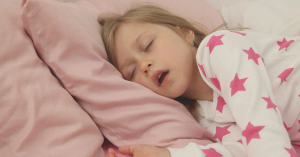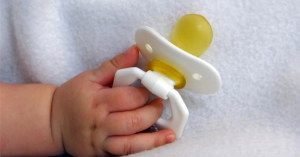According to the Centers for Disease Control and Prevention (CDC), grasping is a vital milestone in infant development, typically emerging between 5-12 months of age. Grasping starts developing at 5 months with a bidextrous grasp or the child using both palms to grasp an object gradually progressing via different stages and finally to pincer grasp where the child can use fingers to hold objects. Grasping fosters essential fine motor skills, hand-eye coordination, and cognitive development. As a parent, you play a significant role in nurturing this milestone. Here are activities to encourage grasping.
Why Grasping Matters
1. It develops fine motor skills and hand-eye coordination
2. It enhances cognitive development and problem-solving
3. It prepares infants for future milestones
4. It fosters independence and self-feeding
CDC-Recommended Activities
- Toy placement: You can place toys within reach to encourage grasping these objects.
- Finger play: Gently place your fingers in the infant's palm and allow them to try to grasp the fingers
- Rattles and squeaky toys: You can use rattles and squeaky tous to attract the attention of the child. They may try to hold these and move them to make sounds. This not only is helping to develop grasping but also helps stimulate auditory development.
- Soft blocks and toys: You can encourage grasping and releasing soft toys and blocks.
- Sensory play: You can help your child explore various different textures such as fabric and foam. The curiosity of a child will propel them to try and hold objects of different textures.
- Small objects: You can provide small toys or shapes to the child and encourage the child to play with it. Please ensure that you are supervising the child so that they do not accidentally swallow these.
- Finger feeding: It is a way to support self-feeding by the child. Give small finger foods such as pieces of fruit or bread to the child and allow them to eat themselves.
Additional Tips
- You should ensure safety during play and supervise all activities.
- You should start slow and simple while gradually increasing object size and complexity.
- You should encourage repetition of the same activity as reinforcing grasping and releasing.
- You should praise progress of the child and celebrate small achievements.








